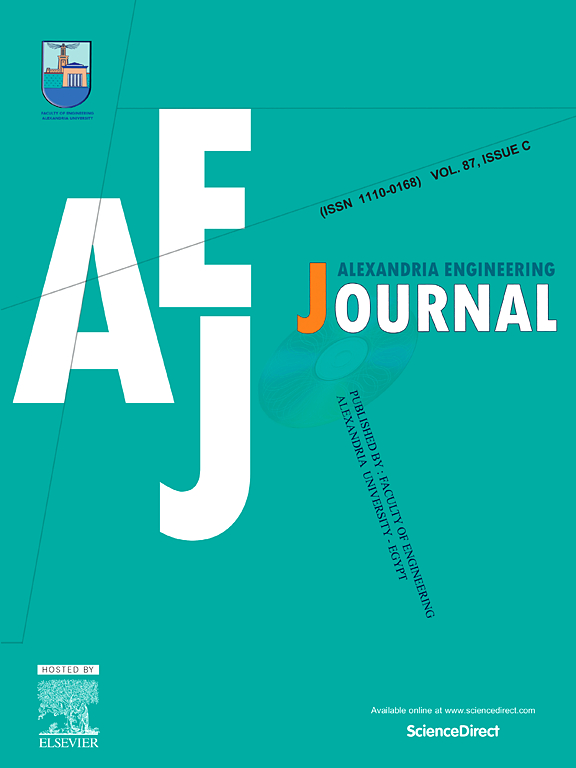Secure real-time transmission of multi-spectral satellite images inducing a 6D hyper-chaotic system and BB84 QKD protocol
IF 6.2
2区 工程技术
Q1 ENGINEERING, MULTIDISCIPLINARY
引用次数: 0
Abstract
As the field of remote sensing advances quickly, the images from satellites are mostly utilized for different applications such as environmental monitoring, navigation, surveillance, etc. The most common approach to delivering security to the satellite images throughout the propagation from unauthorized access is by using image encryption techniques. Real-time images are challenging to process with conventional technologies because they include a diversity of information with significant prolixity, high correlation among neighboring pixels, and high uncertainty due to sensor noise and environmental conditions. Therefore, the present work focuses on the secured transmission of real-time satellite images with a high Signal-to-Noise ratio. In this work, we have developed a novel hybrid encryption method that combines a six-dimensional (6D) hyper-chaotic system with the BB84 quantum key distribution (QKD) protocol for secure and efficient image transmission. The hyper-chaotic system enhances pixel scrambling and diffusion, reducing correlations in the image data, while BB84 ensures secure key exchange during transmission over Free Space Optics (FSO) channels. The integration of a 6D hyper-chaotic system with BB84 QKD protocol is capable of transmitting multichannel information in a single secured channel. The proposed technique is corroborated using a set of satellite images, as satellite images possess highly correlated information. In the proposed model, the original satellite images are taken for Gunupur, Odisha during the period of November 22, 2023, to January 23, 2024. These images’ information is confused by the hyper-chaotic system. Then, the permuted images are diffused to generate the scrambled image using the BB84 protocol. On the receiver side, the same information is recovered with reduced information loss using the proposed receiver module, which consists of an optical hard limiter followed by a low pass filter. The performance of the proposed scheme is tested via various quantitative assessments including entropy, mutual information, histogram, cross-correlation, and differential attack analysis. Performance metrics reveal robust security and high-quality reconstruction, achieving an entropy of 7.9976, a of 8.9967, and a of 0.1111 for the Pepper image. Sensitivity analysis demonstrates resilience against differential attacks, with a of 34.6970 and an of 0.9973. The system is implemented using Optisystem 15.1 and MATLAB 2017a, and experimental results confirm superior performance compared to 22 existing techniques across various metrics, including entropy, mutual information, histogram analysis, and cross-correlation. This approach highlights the potential for secure real-time image transmission in optical networks while addressing challenges in satellite image encryption.

求助全文
约1分钟内获得全文
求助全文
来源期刊

alexandria engineering journal
Engineering-General Engineering
CiteScore
11.20
自引率
4.40%
发文量
1015
审稿时长
43 days
期刊介绍:
Alexandria Engineering Journal is an international journal devoted to publishing high quality papers in the field of engineering and applied science. Alexandria Engineering Journal is cited in the Engineering Information Services (EIS) and the Chemical Abstracts (CA). The papers published in Alexandria Engineering Journal are grouped into five sections, according to the following classification:
• Mechanical, Production, Marine and Textile Engineering
• Electrical Engineering, Computer Science and Nuclear Engineering
• Civil and Architecture Engineering
• Chemical Engineering and Applied Sciences
• Environmental Engineering
 求助内容:
求助内容: 应助结果提醒方式:
应助结果提醒方式:


